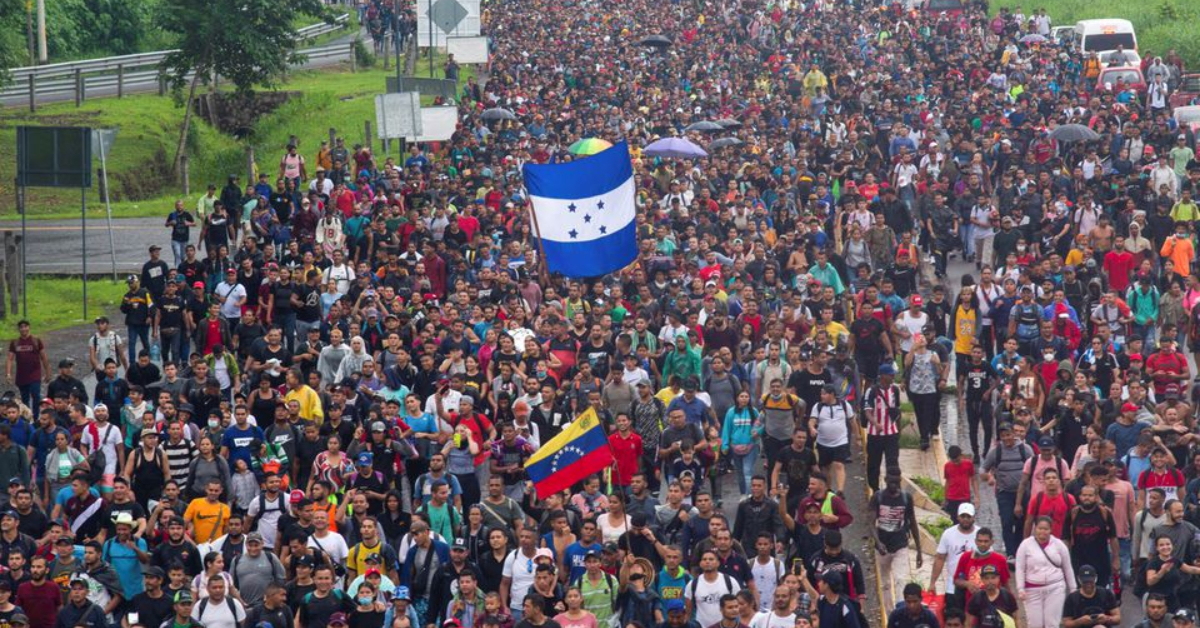Puerto Vallarta, Mexico - Mexico is currently facing a significant immigration challenge, highlighted by the latest findings from the United Nations Refugee Agency (UNHCR). According to the agency's comprehensive monitoring throughout the previous year, there has been a noticeable shift in the reasons driving people to migrate. An alarming 51% of individuals entering Mexico irregularly are now fleeing violence, insecurity, and threats in their home countries—a significant increase from the 40% recorded between 2018 and 2022.






